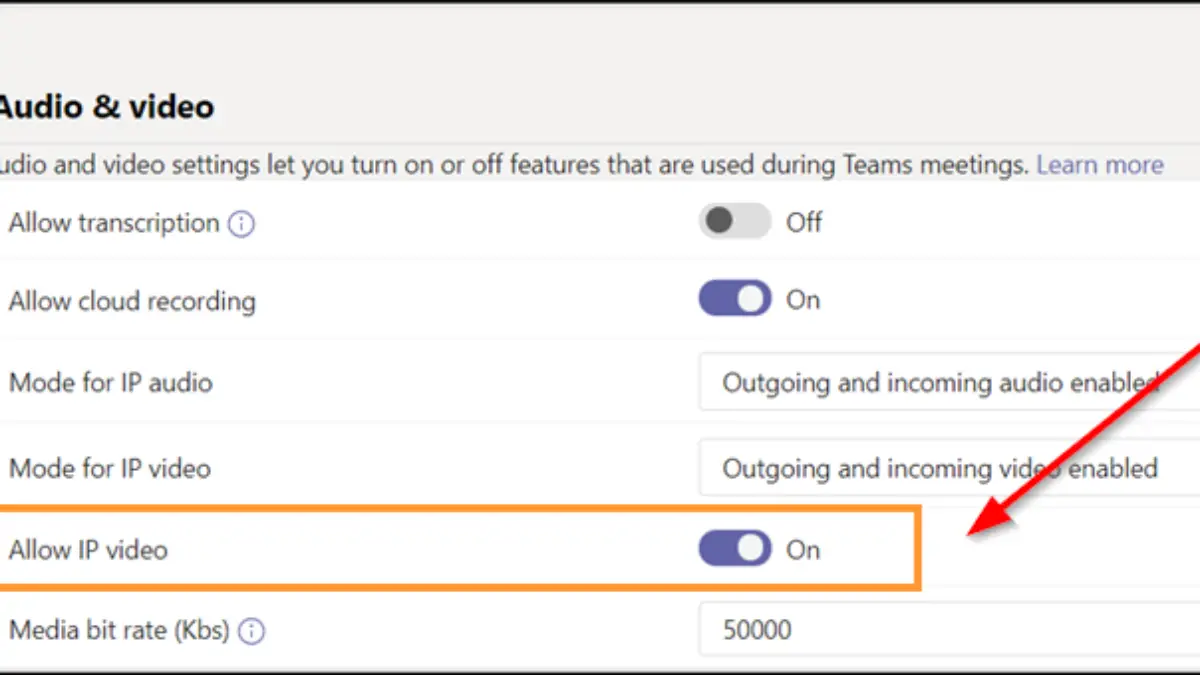The Administrator
Dec 15, 2020 The super-administrator account is disabled by default in Windows 10 for security reasons. The difference between a built-in administrator account and the one you are using is that the built-in admin account does not get UAC prompts for running applications in administrative mode.
- If a program requires Administrator privileges to perform certain functions, you need to run the program as Administrator. To run a program as Administrator in Windows 10, right-click the icon in your Start menu and select Run as administrator. For example, in the image below, we are running the Windows 10 command prompt as administrator.
- This year Tarrant County turned blue for the first time since the 1960s. Heider Garcia is the Tarrant County Elections Administrator. He was hired in 2018. He previously worked for Smartmatic for 12 years. He received his engineering degree in Venezuela in 2003. In 2010, He testified during a fraud investigation into the Smartmatic software.
- Aug 12, 2020 Windows 10 has the Standard user account and the Administrator account, each with different privileges to use a device and applications. An administrator account offers complete system control with privileges such as access to all files on the device.

Administrator

A person appointed by the court to manage and take charge of the assets and liabilities of a decedent who has died without making a valid will.
When such a person is a male, he is called an administrator, while a woman is called an administratrix. An administrator c.t.a. (cum testamento annexo, Latin for 'with the will annexed') is appointed by the court where the testator had made an incomplete will without naming any executors or had named incapable persons, or where the executors named refuse to act. A public administrator is a public official designated by state law to perform the duties of administration for persons who have died intestate.
The Administrator Sao
An executor differs from an administrator in that he or she is named in the decedent's will to manage the estate. If an executor dies while performing these duties, a court will appoint an administrator de bonis non cum testamento annexo (Latin for 'of the goods not (already) administered upon with the will annexed') to complete the distribution of the decedent's estate. This term is often abbreviated: administrator d.b.n.c.t.a.
The Administrator Scp

